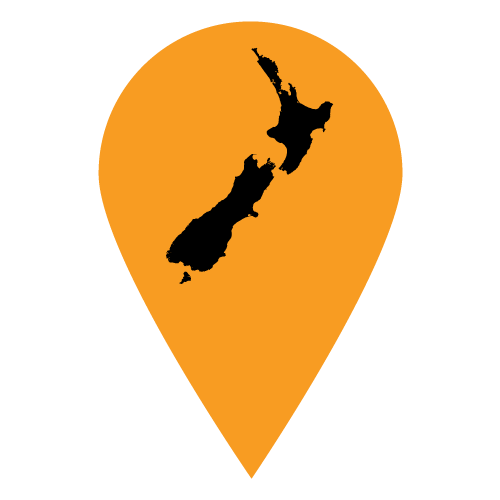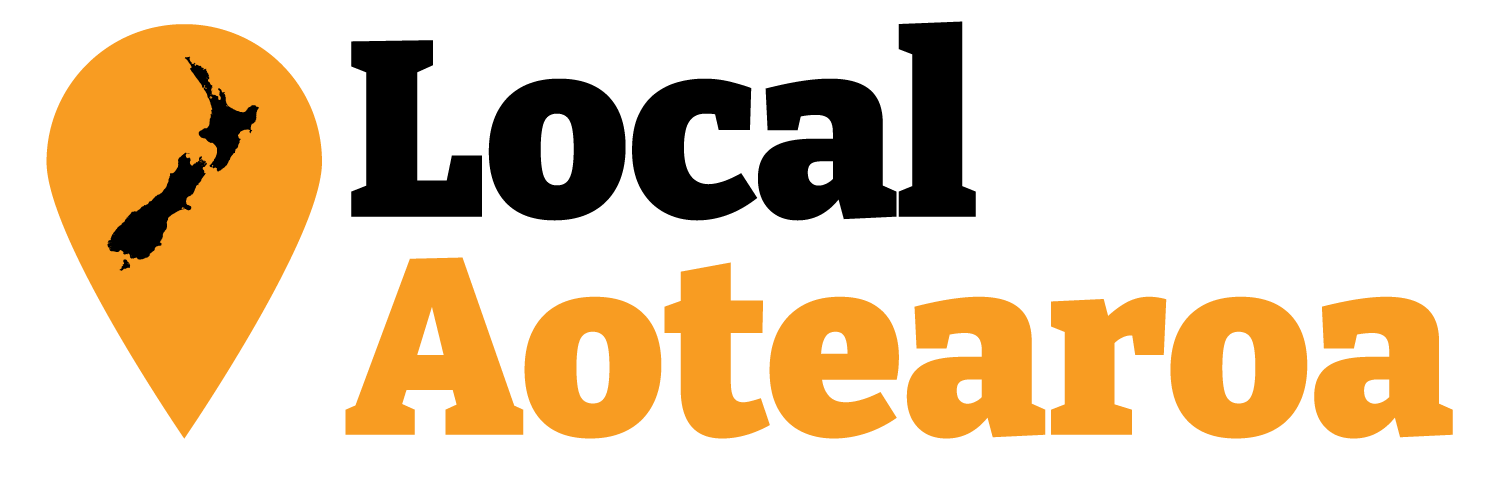Secret Wellington amalgamation plans more advanced than previously revealed
AI generated image of a clandestine meeting of silhouetted individuals discussing plans
Discussions about Wellington regional amalgamation have been ticking along this year, and a Local Aotearoa exclusive can now reveal that plans first revealed at a Wellington Regional Leadership Committee meeting in March are further developed and more detailed than previously thought, with Greater Wellington Region Council Chair Daran Ponter leading the charge behind-the-scenes despite playing down talk of amalgamation publicly.
To recap: first there was the Wellington Regional Leadership Committee’s meeting in March 2024 where a slide deck briefly talked about the possibility of regional re-organisation as part of a broader discussion on how to seek a regional deal with the National-led Coalition Government. Then, at the start of July, the topic received another kick along with the news that the region’s metropolitan councils - Wellington City, Hutt City, Upper Hutt City, and Porirua City - were trying to advance things, though Wellington City’s Mayor Tory Whanau was less enthused believing that it shouldn’t be a priority at the current time.
For full disclosure, I’ve been an active proponent of regional amalgamation for some time, including when I served on Kāpiti Coast District Council and called for a Royal Commission into Local Government, and more recently you might have seen me calling out the exclusion of Kāpiti from the above discussions between Wellington, Lower and Upper Hutt, and Porirua.
So, it’ll come as no surprise that, following the news in July that behind-the-scenes discussions were taking place between mayors, I decided to lodge a few Local Government Official Information Act (LGOIMA) requests to see what’s been going on.
What these reveal is that Greater Wellington Regional Council Chair (GWRC) Daran Ponter has been steering the discussion since at least December 2023, including directing staff to prepare a detailed road map for amalgamation that has seemingly been floated at least with his councillors, if not also with most mayors across the region as evidenced by examples such as this response from Kāpiti Coast District Council.
In response for asking about what had led to the slide deck that was presented to the Wellington Regional Leadership Committee in March, Greater Wellington helpfully provided this response. It seems that the conversation started with Greater Wellington’s Ponter pushing for a reorganisation proposal based on three merged territorial authorities and a single regional authority.
It seems that this plan and roadmap were workshopped at or around two Wellington Mayoral Forum meetings in January and February 2024, and fed into the slides which were produced for the March 2024 Wellington Regional Leadership Committee meeting.
Under the proposal, the three territorial authorities would be Masterton, Carterton, and South Wairarapa merged into a single Wairarapa council, Kāpiti and Horowhenua merged together, and the metro amalgamation of Porirua City, Upper Hutt City, Hutt City, and Wellington City Councils. Greater Wellington Regional Council would remain, with questions raised about whether it would extend its northern reach into Horowhenua and the environmental management issues that would bring with it given horticultural and dairy operations in that district. A second option, included to be “politic and diplomatic etc” which included a separate Hutt Valley territorial authority was modelled, but was eventually discarded. The correspondence also provides reference to a possible Wellington Transport Agency, though it’s unclear what the remit of this agency would be.
The two presentations seem to also suggest that rather than using the existing Local Government Commission process for reorganisation, the preference would be to opt for getting the government to confirm a reorganisation proposal, then perform some after-the-fact consultation with communities and iwi, then legislate it into existence as presumably an alternative to going through a referendum process.
There are some gaps in correspondence, but it appears that on Thursday 14 March, Ponter presented something on regional amalgamation options to a Greater Wellington councillor-only session. As to what exactly was presented or happened in that discussion we don’t know, though councillors can’t make decisions in such forums so it’s reasonable to assume it was more chewing the fat, testing some of the assumptions, and understanding the appetite behind what was presented.
It also appears there were further discussions behind-the-scenes as well as another presentation (pictured below) dated March 2024 was apparently destined for the Wellington Mayoral Forum. This presentation indicates that the metro councils (Wellington, Hutt City, Upper Hutt, Porirua) were broadly agreed on amalgamation (and presumably the proposal shown), while the Wairarapa councils were not. There is no mention of what Kāpiti or Horowhenua’s councils thought of it. An earlier presentation to the February Wellington Mayor Forum claimed that it would be “difficult to get public consensus at geographical extremities – Wairarapa and Kapiti-Horowhenua” despite there having been no public engagement on the matter by anyone involved to reach that conclusion.
The March 2024 draft Wellington Region Reorganisation plan and roadmap
The claim of agreement from the metro councils is a somewhat surprising given that from off the record discussions I’ve had with several councillors from those same councils, they haven’t had discussions about the issue at all, and certainly haven’t undertaken community consultation or voted on the matter. In fact, only the Wairarapa councils have done anything public in this space.
In this March update there’s also a number of requests that are planned to go to Government, including forming a Memorandum of Understanding, which presumably would be able advancing regional reorganisation.
What’s notable about all of this is the top-down approach taken by Greater Wellington in developing these proposals, the lack of any broader community engagement given how far advanced their plans are, and their attempts to circumvent established processes by going straight to the Government rather than being able to demonstrate any mandate from their communities. Whereas Auckland’s amalgamation was triggered by central government finally deciding it had had enough of Auckland’s disjointed local government following the failure of the Auckland Waterfront Stadium proposal, there doesn’t seem to be a single trigger point at play here. The state of Wellington Water could be argued to be such, but that in theory should be addressed by the upcoming Local Water Done Well reforms.
All of this appears to have eventually led to the Wellington Regional Leadership Committee meeting in March (which I spoke to during public speaking), where the original burst of media coverage came from in response to a reference about regional reorganisation in a slide deck included in its agenda. In response to media coverage of that meeting, Daran Ponter tried to play down talk of council mergers saying there had been “no progress” on the discussion amongst mayors, which is odd given that the proposals he was central in developing were more detailed, further advanced, and indicated greater agreement from the Wellington metro councils than has previously been publicly admitted to.
In fact, when speaking to Radio New Zealand’s Midday Report, Ponter went one further. There he publicly stated that “no work has been done of any substance at all about what local government reorgnisation would look like in the region.” The LGOIMA response from Greater Wellington clearly demonstrates that this is not the case. Ponter had staff working on and then refining a proposal over a number of months for what local government reorganisation in Wellington would look like. There’s been data analysis, they’ve mapped out a plan of action, the idea has been floated with most of, if not all of the region’s mayors, and he’s discussed it with his own councillors at Greater Wellington.
You don’t end up with an evolving plan and road map for the Wellington Mayoral Forum outlining a preferred option, the rationale behind it, indications of agreement from a number of councils, outlines of the next steps, and what the approach to government should be, unless you’ve done work of substance on the idea of regional reorganisation.
For his part, Local Government Minister Simeon Brown has kept it all at arms length, telling media that it was up to Wellington’s councils to present a proposal and ascertain the public’s support for it and has directed councils to the existing council-led path through the Local Government Commission processes. It’s also interesting that, despite the March 2024 Wellington Regional Leadership Committee having resolved to seek a meeting with Simeon Brown, that appears to have not happened at all. A new Official Information Act response from his office indicates the only meeting he’s had on any local government amalgamation in the Wellington region has been with Carterton Mayor Ron Mark and Wairarapa MP Mike Butterick back in February.
As much as I’m an advocate for local government amalgamation in Wellington, what’s unfolding in secret discussions behind closed doors to develop and agree proposals without reference to the wider public is exactly how you end up repeating the previous Fran Wilde-led attempt at reorganisation. As Wellington City Mayor Tory Whanau recently said in a reply to a LinkedIn post of mine “the community must absolutely be on board first and understand the public value of it… We need more time to develop a bottom up approach otherwise we just get a repeat of the past.”
Given the situation and what’s been revealed here, it’s clear two things need to happen. The first is the local council mayors and GWRC Chair need to come clean about all of the discussions they’ve been having behind closed doors on regional reorganisation both in terms of when and what they’ve been talking and planning.
The second is that all those involved need to go back to the drawing board and start this entire discussion about possible changes from the very beginning. Instead of taking a top-down approach, they need to start by talking to their communities first. Rather than making all the substantive calls out of the public eye and presenting a fait accompli proposal that reeks of parochialism, they need to let the people of the Wellington region play a role in shaping what any a reorganisation proposal could look like.
One easy option in this regard would be the councils agreeing to the establishment of an independent regional reorganisation review. Such a review would need the scope and funding to allow it to run grassroots engagement across the region, research alternative models, develop options, consult with communities and gauge their support for the various options, and only then present their findings on a preferred option to councils across the region who would then, as a collective body, consider progressing any preferred proposal through the pathways available.
In terms of a review panel, to ensure it’s independence you’d need to not involve any current elected representatives to ensure its independence and avoid perceptions of patch-protection. But other options could include retired judges and public servants, former elected representatives, academics, or even a citizens assembly.
Local government reorganisation is difficult enough to get over the line as it is. To give it the best possible chance of succeeding it needs to take a community-led, rather than a council-dictated approach. Engagement, consultation, and discussions all need to take place in the open, not behind closed doors so that people can have transparency of the process and understand how their views have been taken into account.
Even then, none of this guarantees success, but it at least ensures the entire project is being carried out in good faith, which is hard to argue is the case at the moment.






